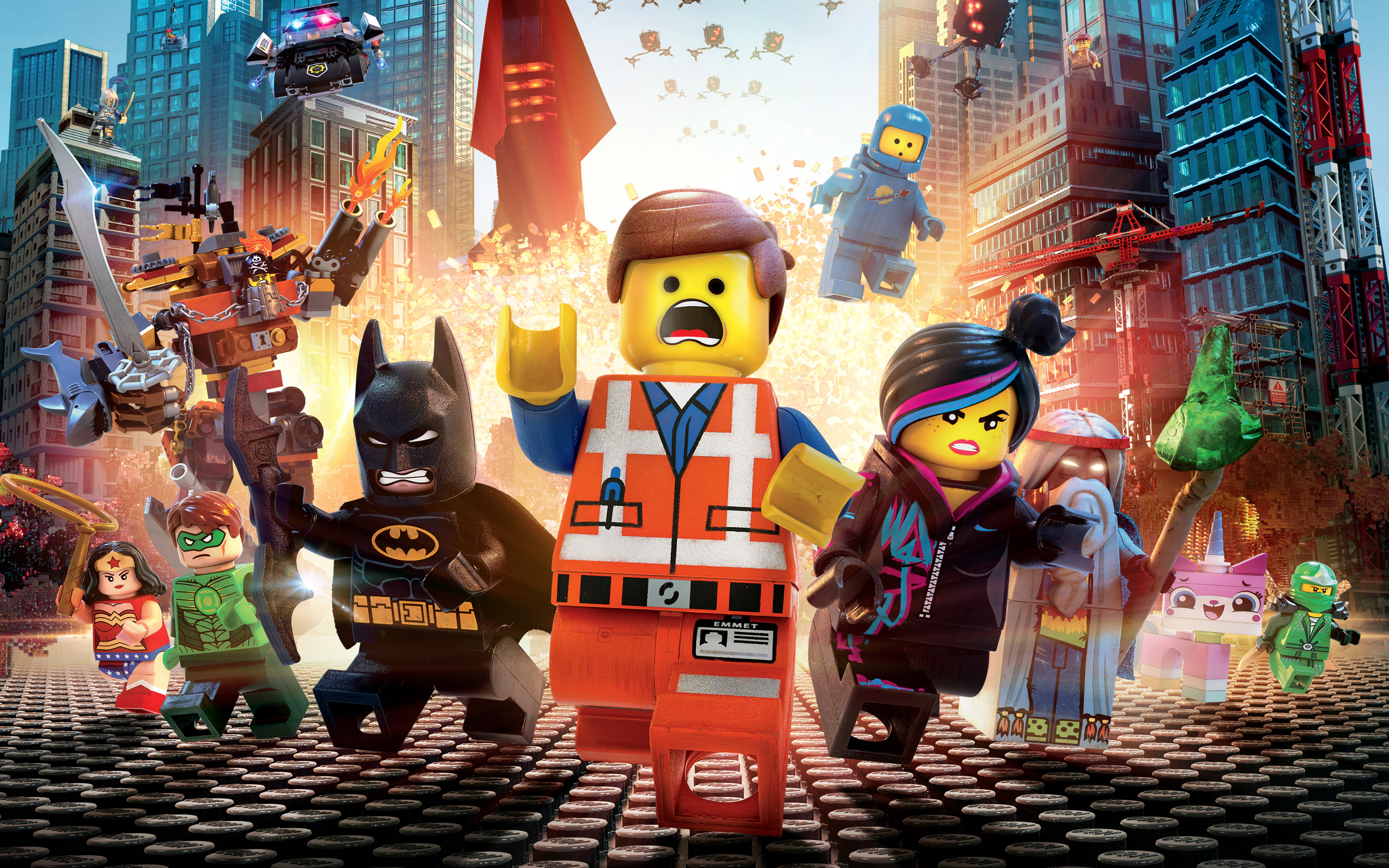by Jeffrey Robinowitz
[youtube=http://www.youtube.com/watch?v=fZ_JOBCLF-I]
I don’t care how old you are, where you’re from, or if you even like LEGOs, go see The Lego Movie. It is the best animated movie since Toy Story 3 (yes, it is better than Frozen) and is at the moment, the best film of 2014.
Centered on extraordinary visuals, laugh-out-loud gags, and storytelling, screenwriting/directing duo Phil Lord and Chris Miller’s The Lego Movie should be mandatory viewing for an aspiring filmmaker. It is a step-by-step instruction guide on how to make a comedy, how to make an animated film, and how to make a PG film for children and adults.
How do you make a movie about LEGOs without turning it into a two-hour vaudeville act of puns and word play? By going in the completely opposite direction.
Instead of making a movie where the running gag is “the characters are LEGOs,” Lord and Miller focus on writing a screenplay that would be funny even if the characters weren’t LEGOs because it’s not about funny LEGO characters, it’s about funny characters.
Every character is a hilarious individual first and a LEGO second. From trademark characters like Batman and Gandalf to originals like Bad Cop and Benny, the writing parodies the traits associated with these characters so well that anyone even remotely familiar with them would burst into laughter.
The depiction of Batman, without a doubt, provides the best jokes of the film, as his super solemn and dark demeanor in the context of a children’s animated film will make every adult audience member ask themselves, “how did Christopher Nolan make a guy playing dress up in a bat costume so serious?” The observations are so astute and poignant that you might just forget you’re watching a movie about LEGOs, but that’s assuming you miss the visuals and believe you me, you do not want to miss the visuals.
It may be commonplace for animated films nowadays to have brilliant visuals, but The Lego Movie does so much more and the reason is in the title. Like the silent film stars of old, Lord and Miller realize that no moment is too small for a great gag. They take every opportunity to utilize the LEGO universe and make shot a delight. I cannot think of a single shot in the film that would not be worth pausing just so I can ogle the attention to detail committed to this project. With a combination of stop motion and CGI effects, The Lego Movie demonstrates how excellent a film can be when its makers fully embrace their subject and their medium.
However, it is the story of The Lego Movie itself that provides its most insightful observations into the film industry and perhaps all of society. In a world occupied by identical individuals who all conform to the same set of instructions, one hero will rise up and challenge the system. It sounds like a line out of any conventional hero story you see Hollywood pump out all the time and that’s exactly the point. Much like their dissection of clichéd characters, Lord and Miller tackle the done-to-death hero storyline by parodying films, such as The Matrix and Star Wars, that is equal parts hilarious and perceptive. It’s a slapstick comedy and a meticulous documentary wrapped up in an action-hero plot.
Ultimately, The Lego Movie is a stunning example of what happens when filmmakers choose to bold and brilliant without being pretentious or philosophical. It’s like an episode of Family Guy with even greater appeal; the visuals and gags will easily keep the younger viewers entertained, but the clever references and surprisingly deep commentary will make adults actually think about the state of the so-called “entertainment” industry.
The Lego Movie is a winner on all fronts and absolutely deserves to be seen. Go see it. See it twice. Rent it when it comes out on DVD. See it so many times that you memorize every line, know every gag, and reality itself turns into a world of LEGOs.
First-year Jeffrey Robinowitz is a staff writer. His email is jrobinow@fandm.edu.
